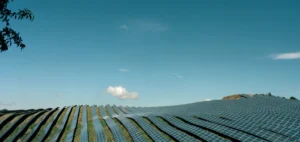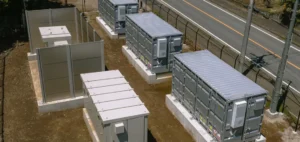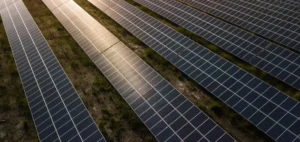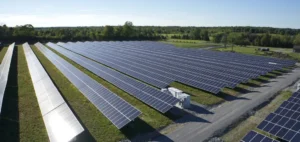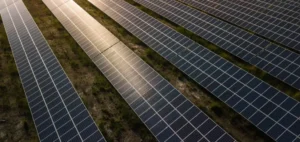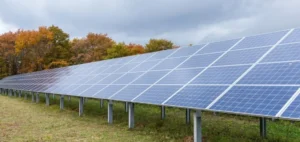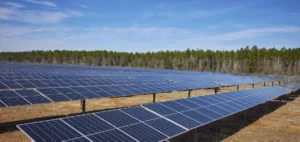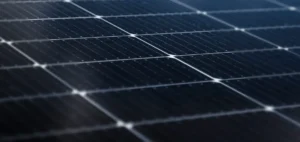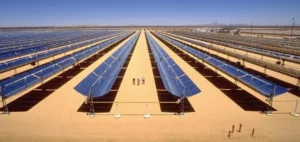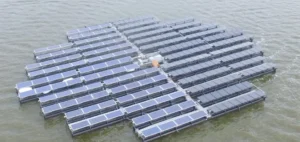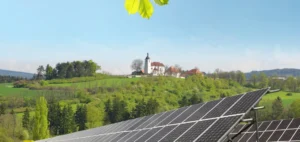US-based manufacturer Swift Solar has achieved an operational milestone by installing its tandem perovskite solar panels during a military exercise led by the United States Department of Defense in Virginia Beach. The deployment took place during the “Cyber Fortress” exercise, designed to simulate the defence of critical infrastructure against digital threats. This represents one of the first real-world applications of perovskite solar technology within the United States.
A hybrid system tailored to military needs
Swift Solar’s panels were integrated into the Rapid Deployment Hybrid MicroGrid (RDHM), a hybrid microgrid developed by Resilient Energy & Infrastructure. This system combined multiple energy sources to ensure uninterrupted power supply throughout the military operation. Officials from the Department of Defense, Army operational energy specialists, and private sector partners including Amazon Web Services attended the demonstration to assess the system’s performance.
According to the organisers, the objective was to demonstrate the technology’s ability to deliver resilient and mobile energy solutions suited to the logistical demands of military deployments. The system stood out for its low weight, increased energy density, and radiation tolerance – all features considered essential for both ground and space-based missions.
Technology rooted in academic research
Swift Solar’s proprietary technology is protected by a portfolio of over 40 patents originating from the Massachusetts Institute of Technology (MIT), Stanford University, and the National Renewable Energy Laboratory (NREL). According to the company, its modules generate up to 30% more power than traditional silicon-based panels, while requiring fewer raw materials.
Backed by more than $60mn in funding from venture capital firms, strategic investors, and US government agencies, Swift Solar aims to launch full-scale commercial production within two years. The development of domestic manufacturing capacity also addresses the government’s goal of securing critical energy supply chains.
Expanding into strategic sectors
Beyond the Department of Defense, Swift Solar reports working with multiple industry partners to assess the potential deployment of its panels in satellite operations, telecommunications, utility-scale electricity production, and mobility sectors.
Upcoming efforts include integrating the modules into cyber, electromagnetic, and space-based missions. The combination of high energy performance and domestic production is playing a central role in ongoing discussions with federal authorities.



